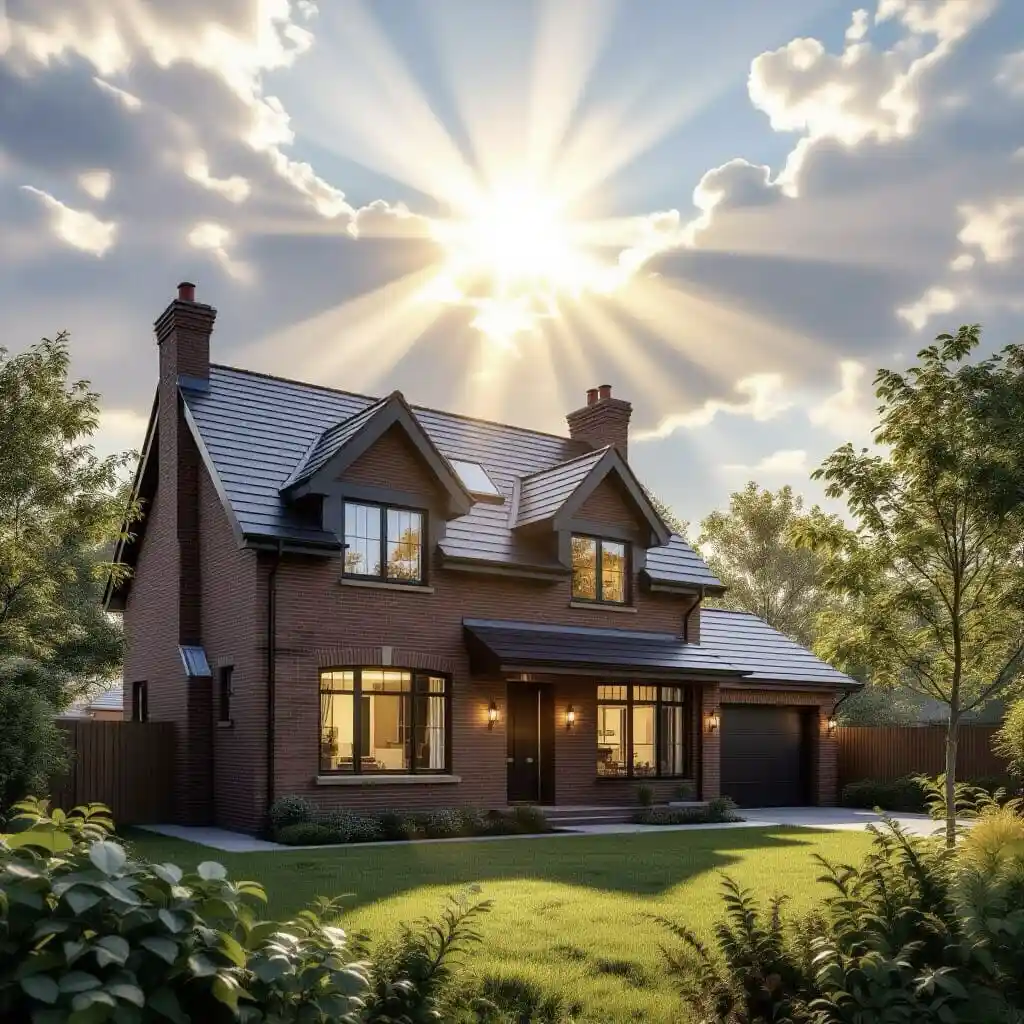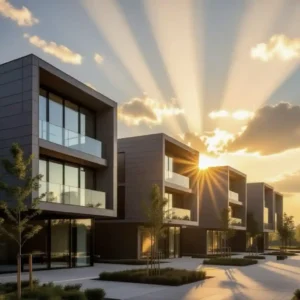The UK housing stock is among the oldest in Europe, and much of it was built long before modern standards of insulation and energy use were introduced. As national policy now targets net zero by 2050, retrofitting homes has become not only a priority but also an obligation for owners, developers, and architects.
The Case for Retrofitting
Energy Performance Certificates (EPCs) set clear expectations for thermal performance, heating efficiency, and carbon output. Many homes in England sit at Band D or below, which is increasingly problematic for both mortgage lending and long-term value. Retrofitting measures — from external wall insulation to replacement glazing — directly raise EPC ratings while reducing fuel bills.
Policy and Guidance
The government’s retrofit framework is guided by PAS 2035, a standard which ensures that improvements are carried out in a whole-house, coordinated way. Local authorities, including borough councils across London, are pressing applicants to demonstrate energy efficiency measures within planning submissions. The Future Homes Standard, due to come into force in 2025, further raises the bar for heating and insulation in new builds, indirectly increasing pressure on existing homes to perform.
Architectural Approach
Successful retrofit projects depend on careful sequencing and design integration:
- Fabric first – prioritising insulation of roofs, walls, and floors before introducing renewable technology.
- Ventilation strategy – maintaining healthy air quality through mechanical ventilation with heat recovery (MVHR) where airtightness is increased.
- Sensitive detailing – especially in heritage buildings, where matching materials and respecting façades is vital to gain planning support.
Renewable Integration
Heat pumps, solar panels, and battery storage are increasingly common retrofit elements. However, their efficiency depends on a well-insulated envelope. An architect’s role is to balance aesthetic, spatial, and technical factors so that panels or equipment are integrated discreetly and without harming the building’s character.
Long-Term Value
Retrofitting should not be seen as a short-term expense. Instead, it secures resilience against rising energy costs, protects asset value, and aligns with regulatory trends. For landlords, failure to improve EPC ratings could restrict the ability to let properties; for homeowners, low ratings will limit future sale prospects.




